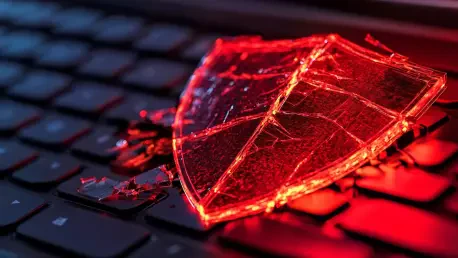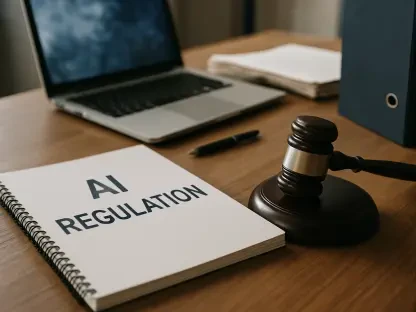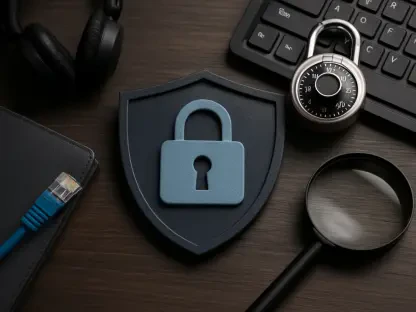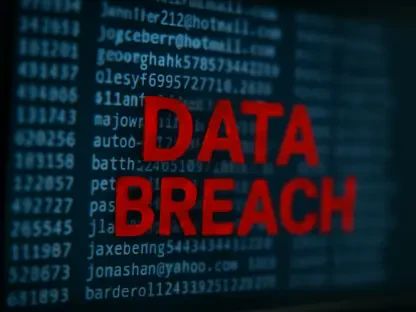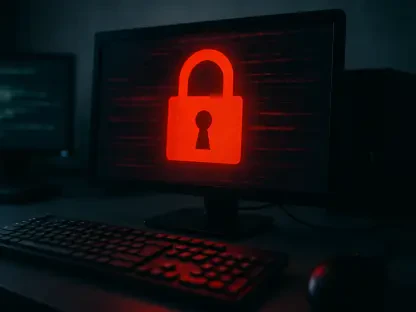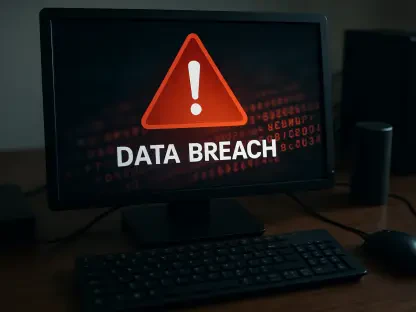In the ever-evolving landscape of cybersecurity, staying ahead of malicious actors is an ongoing struggle. The revelation of Fortinet’s zero-day vulnerability highlights the critical importance of rapid security responses within the industry. Known as CVE-2025-32756, this particular security flaw is characterized by a stack-based buffer overflow. It presents a significant threat by enabling remote unauthenticated attackers to execute arbitrary commands on a range of enterprise products, including popular systems like FortiVoice and FortiMail. With a CVSS score of 9.6, it underscores a severe risk as its impact spans several essential business applications. Unlike vulnerabilities that quietly exist without being exploited, this threat has witnessed real-world exploitation, notably affecting FortiVoice systems. However, specific details regarding the extent of exploitation and identities of threat actors remain unknown, adding an air of uncertainty and urgency to the situation.
Proactive Measures and Industry Implications
Fortinet swiftly tackled a critical vulnerability, stressing proactive cybersecurity measures. They released patches and version upgrades for affected products, advising users to disable the HTTP/HTTPS administrative interface as temporary mitigation for those unable to update. This underscores the industry’s focus on the urgency of timely updates. The vulnerability’s discovery was through meticulous monitoring of suspicious IP activity, highlighting the complexity of threat identification and counteraction. The quick exploitation of zero-day vulnerabilities reveals a trend where cybercriminals leverage system weaknesses for illicit aims, urging security experts to provide coordinated responses. Horizon3.ai’s technical analysis offers insights into the buffer overflow mechanism, yet ethical concerns limit a full attack disclosure due to weaponization risks. Fortinet exemplifies the challenges security teams face managing present threats and unpredictable future ones. The lesson emphasizes rapid responses to zero-day threats, necessitating ongoing cybersecurity enhancement and regular updates to combat sophisticated threat actors.
